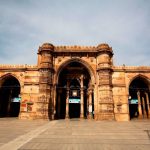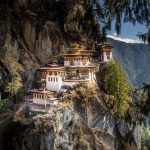The Ura Yakchoe Festival: Unveiling Bhutanese Culture
The Ura Yakchoe Festival: Unveiling Bhutanese Culture
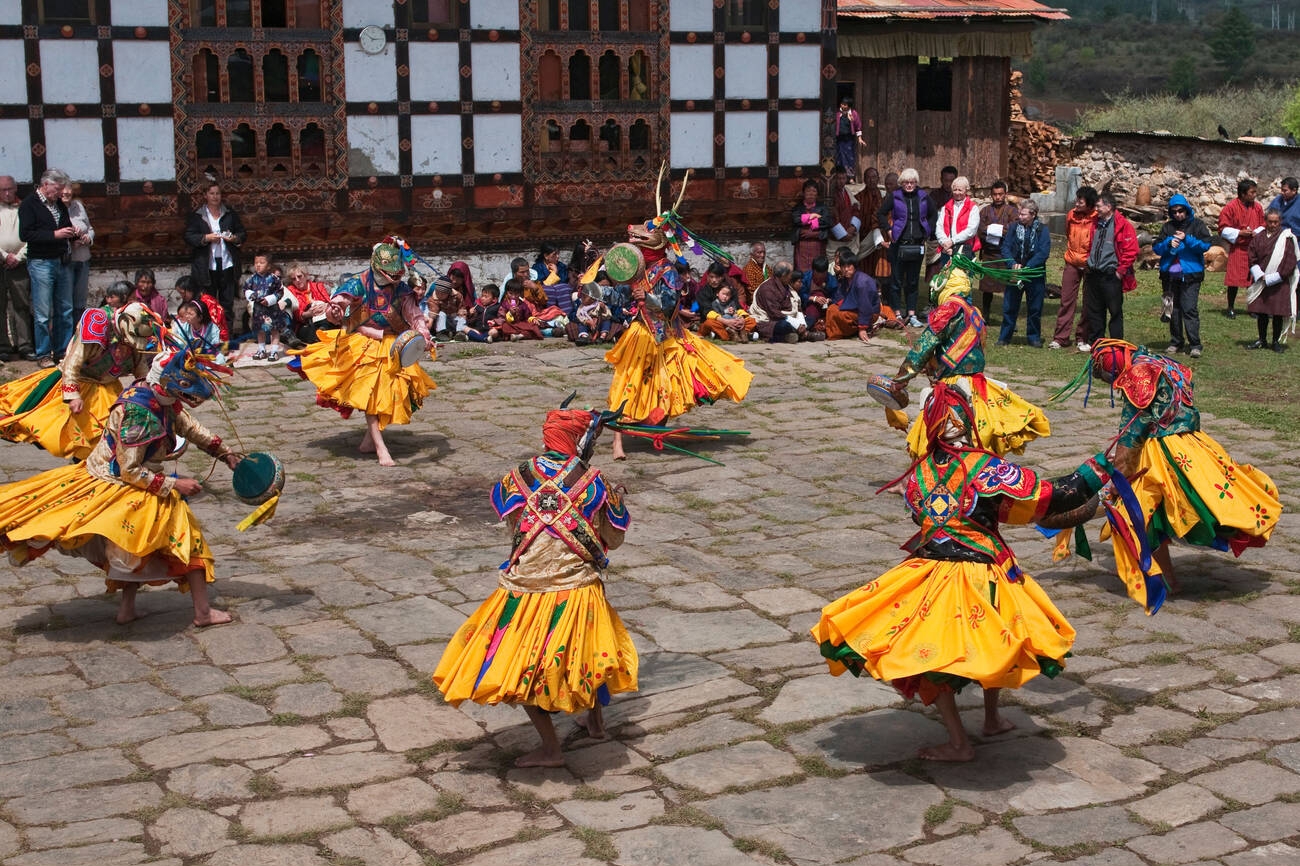
The Ura Yakchoe Festival is a highlight for those exploring Bhutan tour packages, offering a unique opportunity to witness the country’s cultural richness firsthand.
In Bhutan’s serene and majestic landscapes, nestled amidst towering mountains and lush valleys, lies a celebration that transcends time and space – the Ura Yakchoe Festival.
Steeped in history, spirituality, and cultural significance, this festival holds a special place in the hearts of Bhutanese people.
A Glimpse into Bhutanese Culture:
A Glimpse into Bhutanese Culture
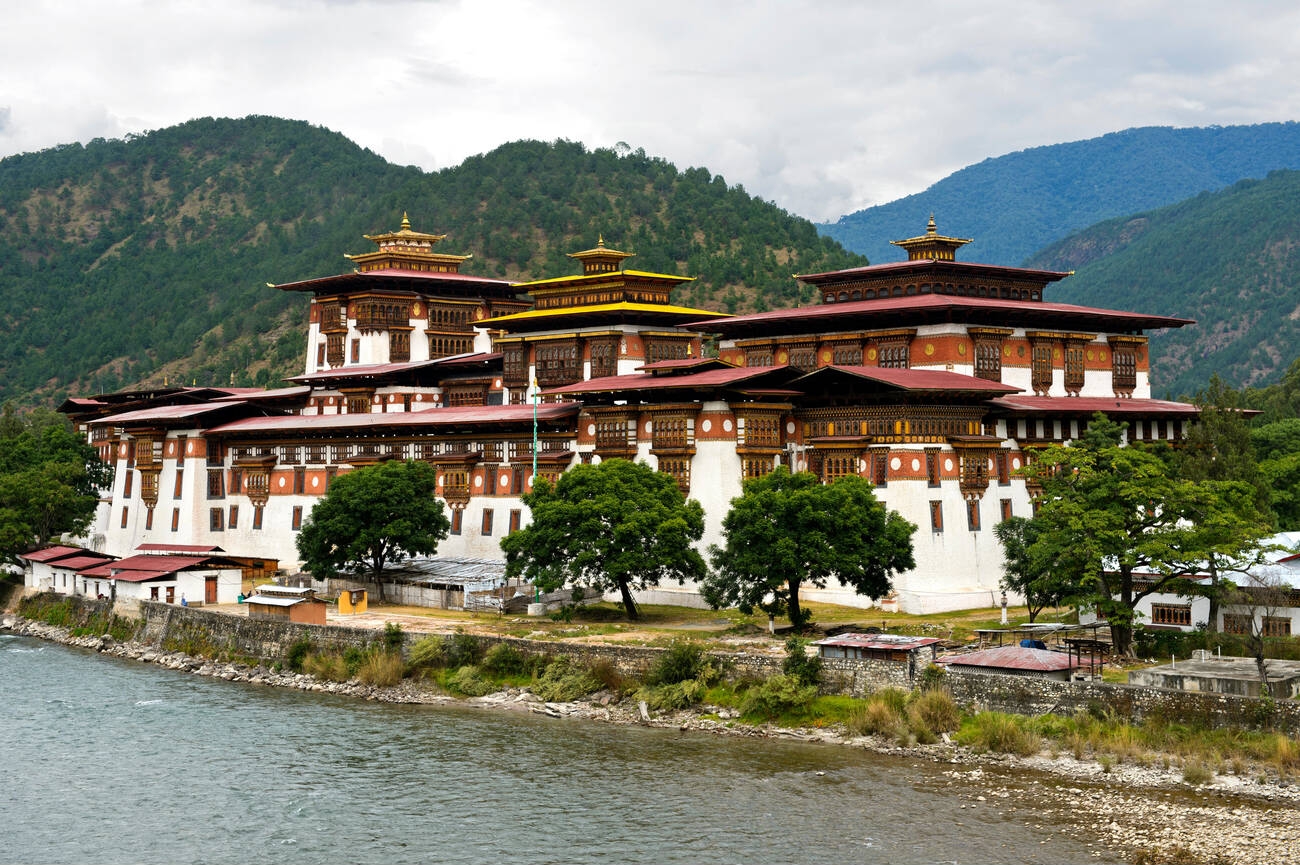
Bhutan, often called the “Land of the Thunder Dragon,” is renowned for its commitment to preserving its unique cultural heritage and traditional way of life.
Despite the lack of modernity, Bhutan remains deeply rooted in its age-old customs, rituals, and beliefs.
One of the most captivating expressions of Bhutanese culture is the Ura Yakchoe Festival, which takes place annually in the picturesque Ura Valley.
This remote valley, located in the Bumthang district of central Bhutan, serves as the backdrop for this extraordinary celebration.
A celebration that captures the spirit of the country’s rich cultural legacy in the tranquil valleys of Bhutan.
The Origin of Ura Yakchoe Festival:
The Origin of Ura Yakchoe Festival
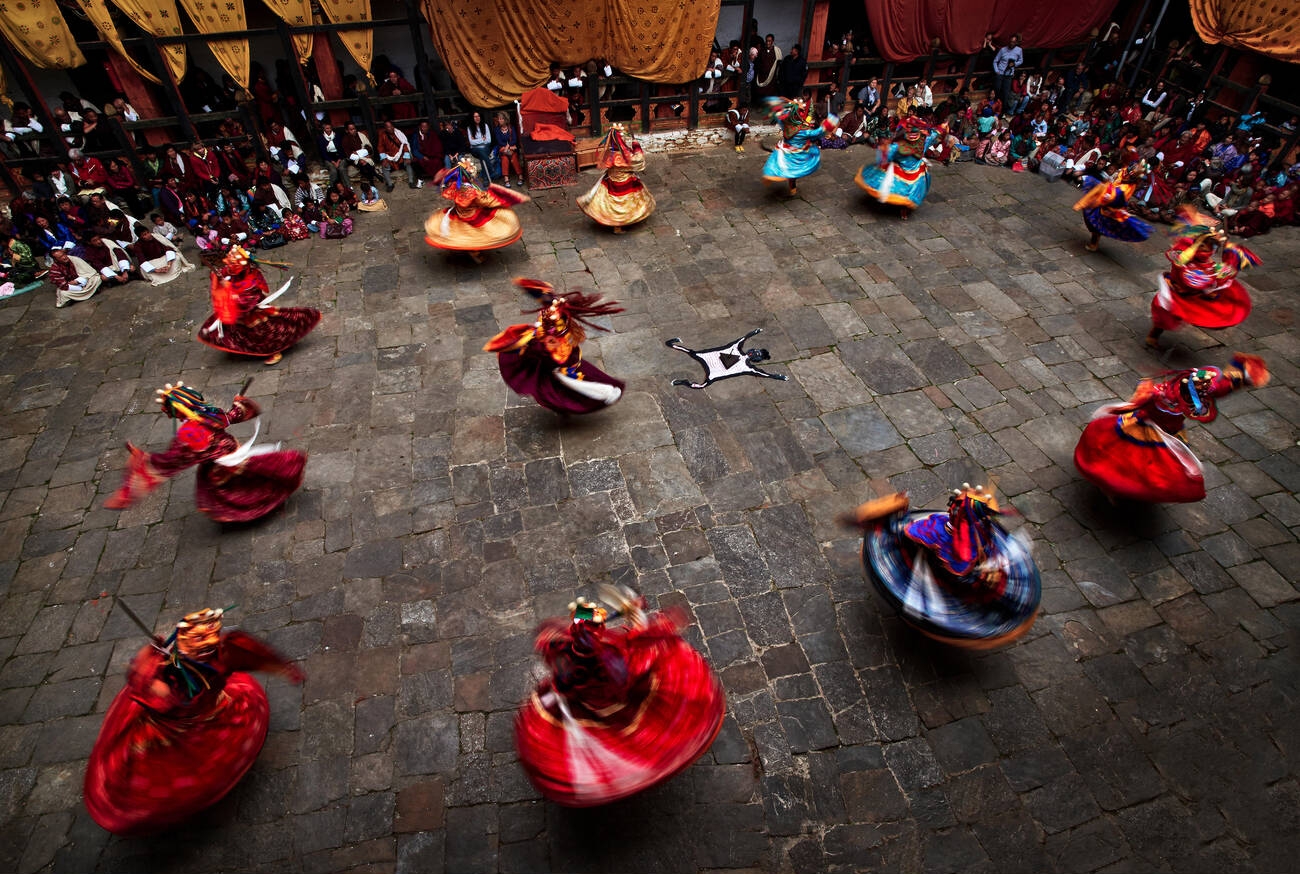
The origins of the Ura Yakchoe Festival date back centuries, shrouded in myth and legend. According to local folklore, the festival is said to have been initiated by the renowned Buddhist saint, Guru Rinpoche, also known as Padmasambhava.
It is believed that Guru Rinpoche concealed sacred relics, known as terma, within the region surrounding the Ura Valley, blessing the land and its inhabitants.
The festival’s centerpiece is the revered statue of Guru Rinpoche, which is said to have miraculously manifested from a sacred wooden pillar.
This old monument is brought out for public worship during the festival and is well preserved, decked with elaborate decorations and priceless diamonds.
Ceremonies & Rituals:
Ceremonies & Rituals
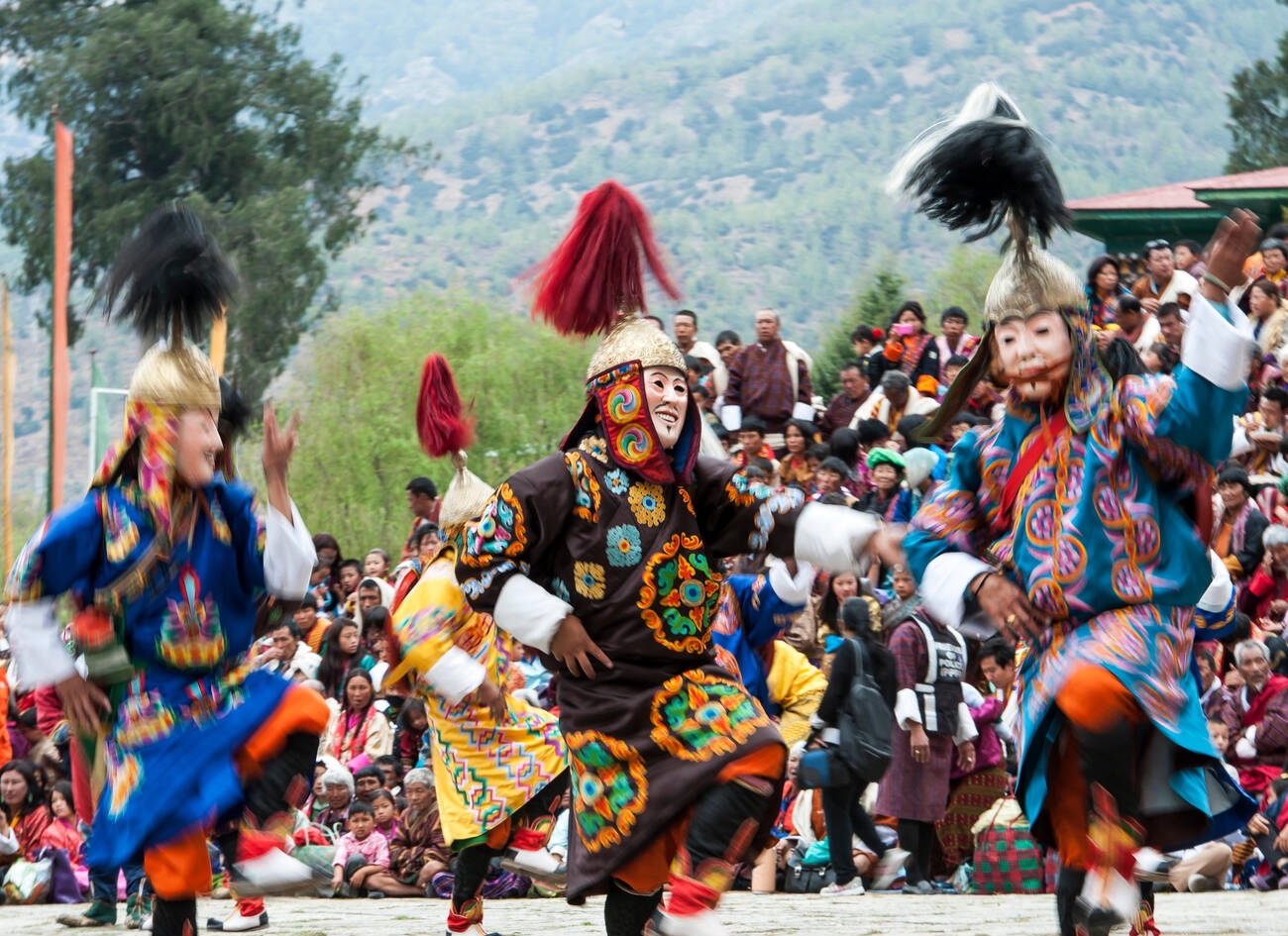
The colorful exhibition of traditional customs, religious devotion, and social harmony is the Ura Yakchoe Festival. The celebrations, which usually last for many days, are full of various customs, dances, prayers, and rites.
The festival’s most treasured custom is the unveiling of the holy thongdrol, or enormous thangka, which features Guru Rinpoche.
It is thought that individuals who witness the uncovering of the thongdrol would get blessings and purification, making it an extremely fortunate occasion.
Monks wearing vibrant ceremonial robes engage in holy masked dances known as cham during the festival.
These elaborate dance performances portray a variety of Buddhist deities, myths, and lessons, acting as a vehicle for religious teachings to be communicated to the community as well as a source of spiritual expression.
Cultural Extravaganza:
The Ura Yakchoe Festival, which features traditional music, arts, and crafts, and culinary treats, celebrates Bhutanese culture in addition to its religious significance.
Local artists display their talents by creating elaborate woodcarvings, beautiful pottery, and colorful textiles with intricate designs woven throughout the many festivals in Bhutan.
Experience the warmth and generosity of Bhutanese people during the festival by indulging in local specialties like momo (dumplings), suja (butter tea), and ema datshi (chili and cheese stew).
Laughter, music, and the happy talk of individuals celebrating their shared heritage fill the vibrant environment which makes attending this festival one of most interesting things to do in Bhutan.
Unique Rituals Practiced During the Festival
Unique Rituals Practiced During the Festival
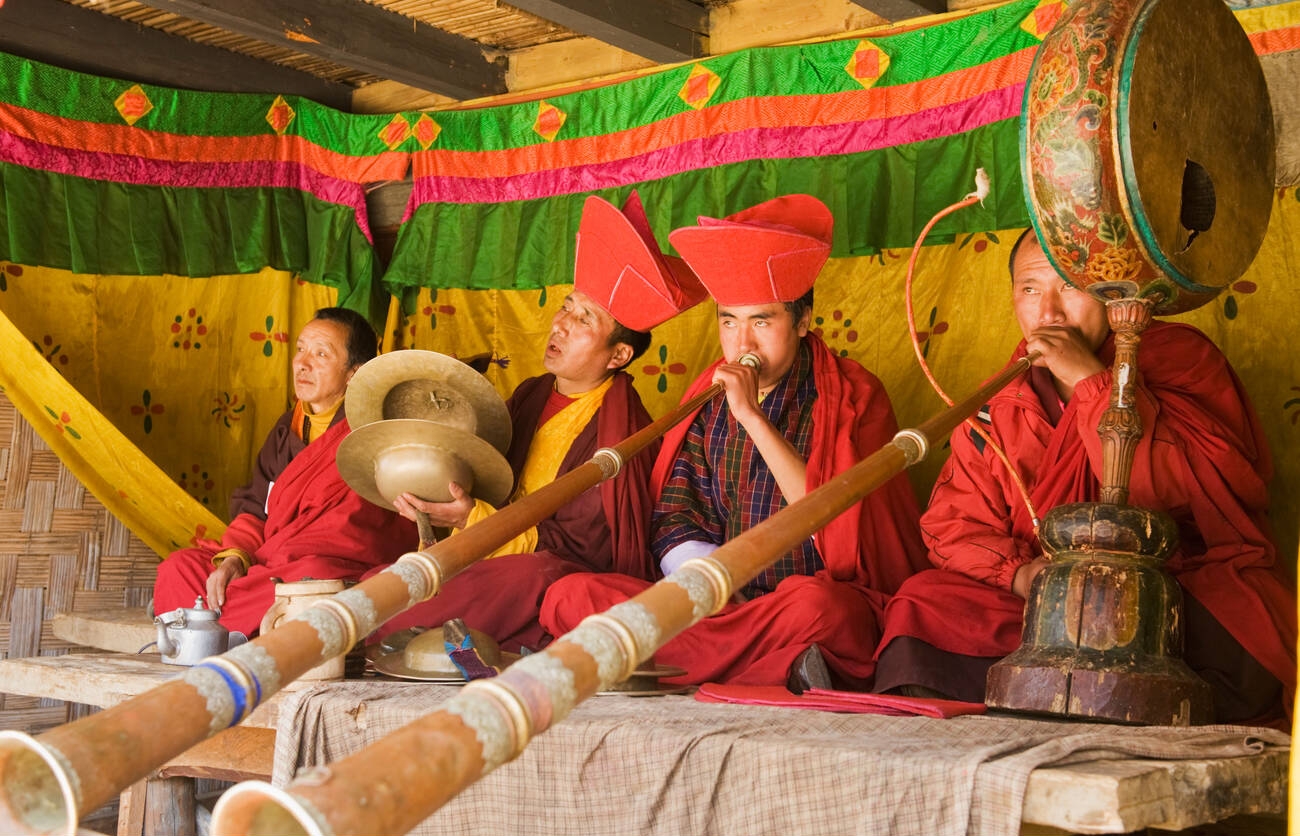
Many unique rituals with deep cultural meaning and symbolism are performed at the Ura Yakchoe Festival.
These customs are essential to the celebration because they help people feel a sense of community and connect them to their spiritual history.
The festival’s most highly esteemed custom is the unveiling of the sacred thongdrol, or huge thangka, which features Guru Rinpoche.
This great festival is full of symbolism since it is thought that the unfurling of the thongdrol would purify and bless everyone lucky enough to see it.
The thongdrol’s excellent workmanship, which is adorned with elaborate patterns and vivid colors, is proof of the passion and talent of the artisans who make it.
One of the festival’s highlights is when monks dressed in lavish costumes perform sacred masked dances known as cham.
These captivating dances give participants a visual depiction of the spiritual ideas at the heart of their religion by portraying a variety of Buddhist deities, stories, and teachings.
The cham’s artistic ability takes participants into a realm where the sacred and the ordinary merge, promoting greater awareness of Buddhist doctrine and religion.
Traditional Music and Dance
Music holds a central place in Bhutanese culture, serving as a means of expressing spiritual devotion, cultural identity, and communal harmony. At the Ura Yakchoe Festival, traditional music fills the air, captivating audiences with its melodic rhythms and haunting melodies.
Instruments:
Discover the wide variety of traditional musical instruments played throughout the festival, including the bamboo flute known as the lingm, the fiddle known as the chiwang, and the lute known as the drangyen. Every instrument adds a distinct tone and meaning to the complex tapestry of Bhutanese music.
Musical Performances:
Highlight the various traditional music genres played at the event, such as instrumental compositions, folk melodies, and ceremonial chanting. These performances frequently provide a dimension of aural beauty to religious rites, cultural festivities, and joyous celebrations.
Musical Performances
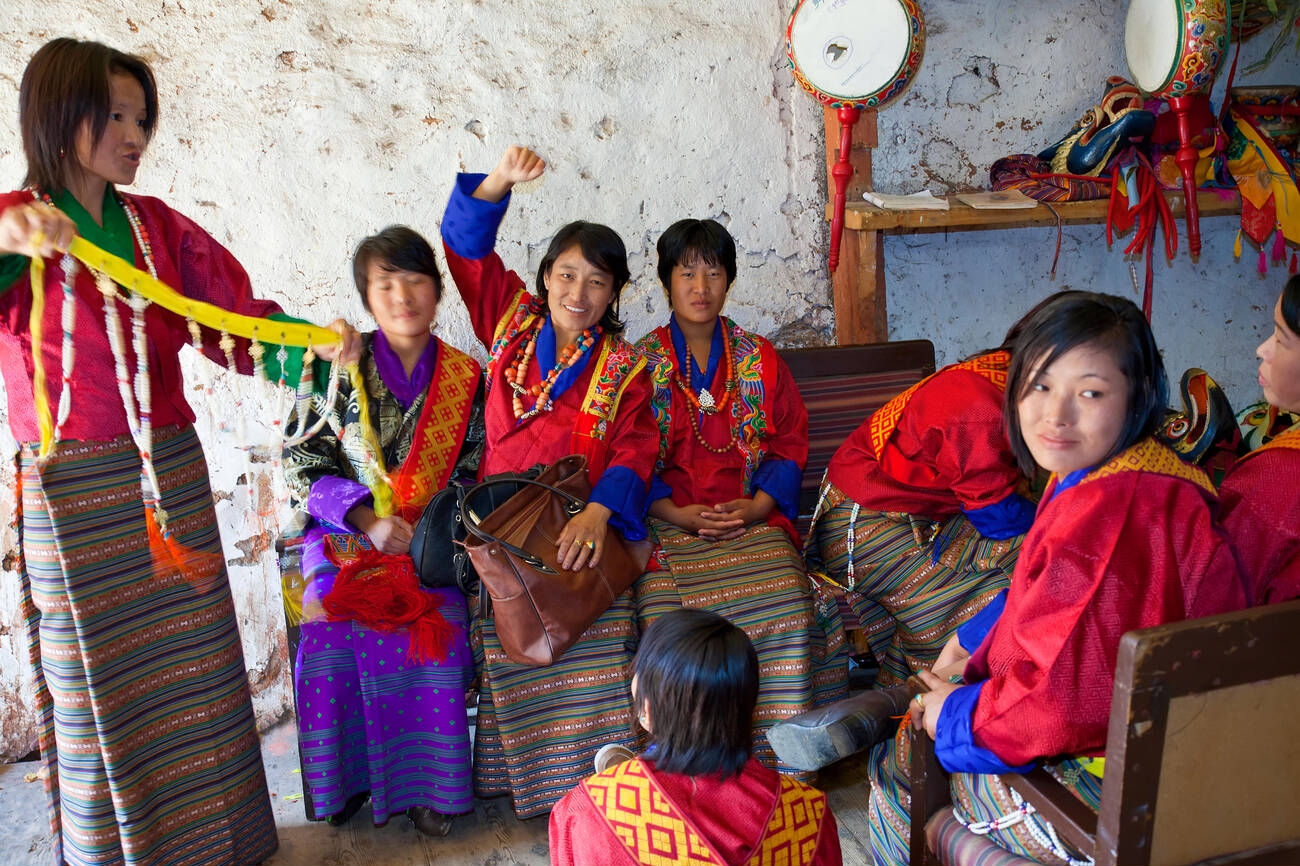
Traditional Dance:
Dance is another integral aspect of Bhutanese culture, with a diverse range of traditional dances performed during religious festivals and social gatherings.
At the Ura Yakchoe Festival, visitors have the opportunity to witness these mesmerizing dance performances, which convey stories, myths, and spiritual teachings through graceful movements and colorful costumes.
Cham Dances: devote time to the cham dances, which are carried out by masked monks. The dances portray stories from Buddhist mythology and bless the society as a whole.
Every cham dance has a rich symbolic history, representing the cycle of life, death, and rebirth as well as the victory of good over evil through complex choreography and lavish costumes.
Folk Dances: Take part in the folk dances that the local communities perform, which showcase Bhutan’s rich cultural diversity and regional traditions.
These dances frequently have upbeat rhythms, skilled footwork, and colorful costumes that encourage audience participation and promote happiness and unity.
Sacred Offerings
The sacred offerings presented to Guru Rinpoche and other Buddhist deities, which stand for dedication, thankfulness, and prayer, are the main attractions of the Ura Yakchoe Festival. As material manifestations of respect and spiritual connection, these offerings are essential to Bhutanese religious rituals.
Butter lights: Known as “changchup,” butter lights are frequently offered as symbols of enlightenment, wisdom, and lighting during Buddhist rites. Devotees burn butter lamps as offerings to Guru Rinpoche at the Ura Yakchoe Festival, asking for his blessings and direction on their spiritual path.
Incense: As a sign of respect, aromatic incense sticks are burnt and donated during the festival, filling the air with their lovely scent and creating a sacred atmosphere ideal for meditation and prayer.
Floral Offerings: As a show of devotion and good fortune, devotees arrange vibrant flowers in beautiful arrangements during the Ura Yakchoe Festival.
Ritual Offerings:
Ritual Offerings
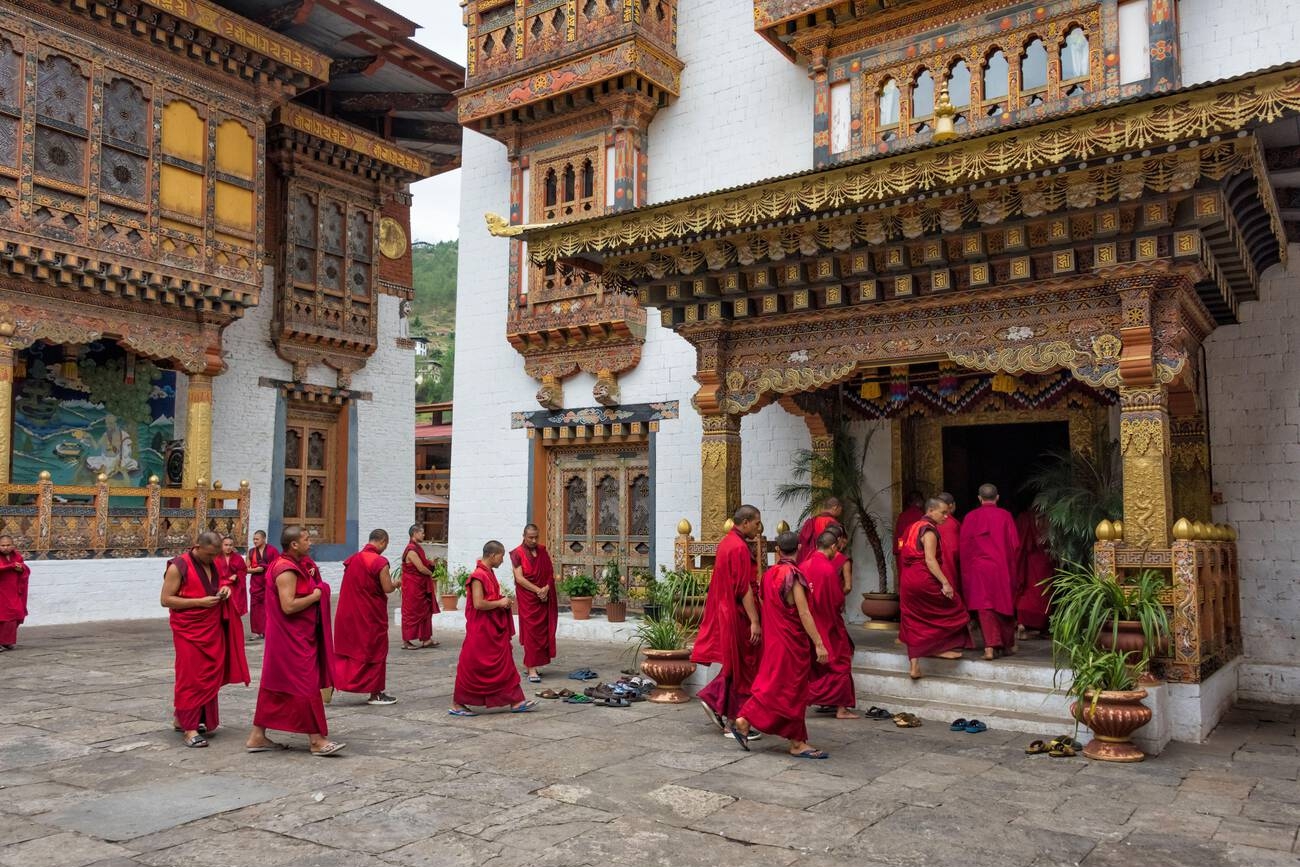
In addition to sacred offerings, various ritual offerings are made throughout the festival to honor Guru Rinpoche and seek his blessings for the well-being of the community.
Tormas: Tormas are ritual cakes made from barley flour, butter, and sugar, intricately sculpted into symbolic shapes and designs. During the Ura Yakchoe Festival, tormas are offered on altars
Tsampa: A traditional dish and ceremonial offering in Bhutanese culture, tsampa is roasted barley flour. Tsampa is offered by devotees as a representation of health, purity, and spiritual sustenance.
Sangha Dana: During the festival, devotees offer alms, food, and other necessities to the monks and nuns as acts of merit-making and spiritual devotion.
Best time to experience this festival
Best time to experience this festival
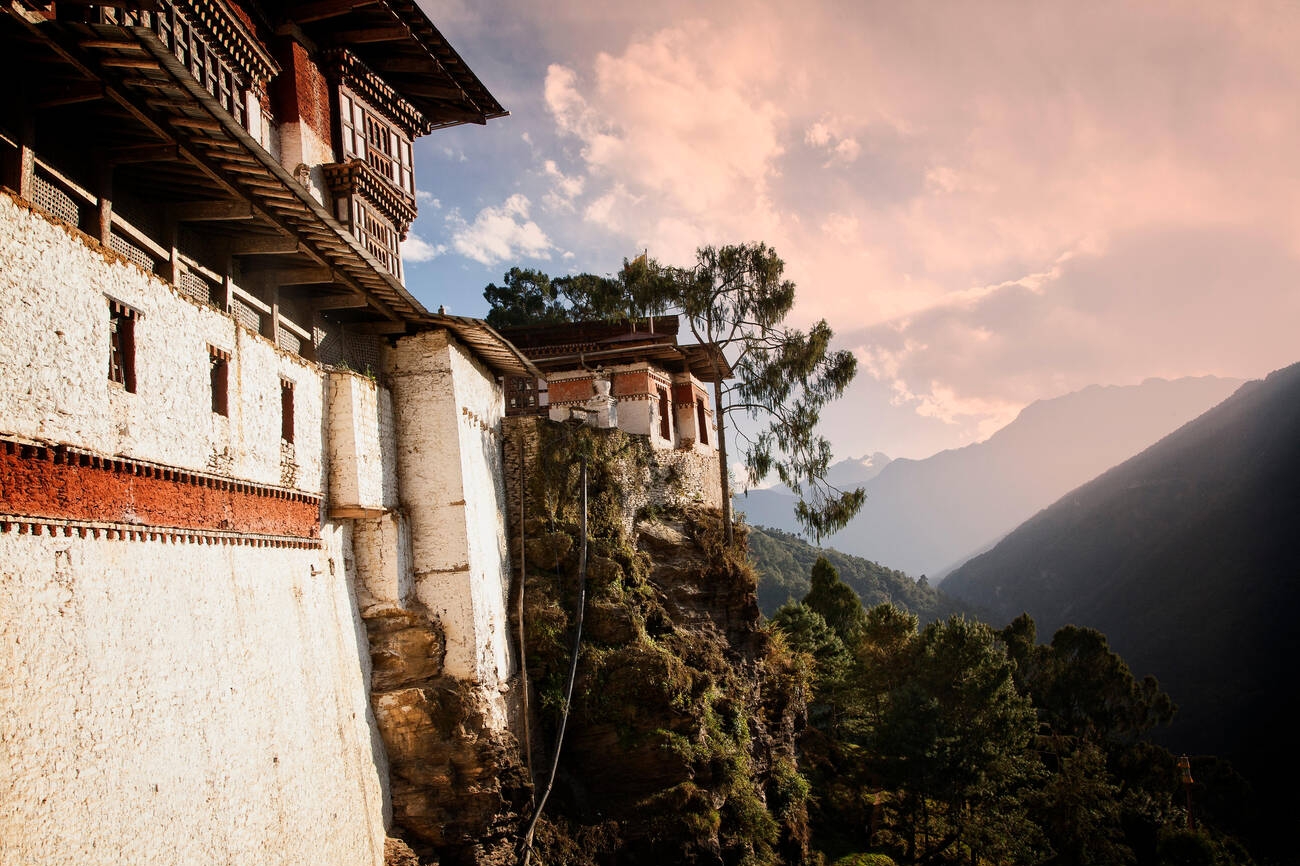
The best time to experience the Ura Yakchoe Festival is typically during the spring season in Bhutan, which falls between March and May.
This timeframe coincides with the festival’s annual schedule, allowing visitors to witness the vibrant celebrations and immerse themselves in the rich cultural heritage of Bhutan.
Spring in Bhutan is characterized by mild temperatures, blooming flowers, and clear skies, making it an ideal time to explore the country’s picturesque landscapes and attend cultural events like the Ura Yakchoe Festival.
Bhutan in March has the weather which is generally pleasant, with comfortable daytime temperatures and minimal rainfall, creating favorable conditions for outdoor activities and sightseeing.
Preserving Tradition in a Modern World:
Festivals such as the Ura Yakchoe Festival are heartbreaking reminders of the value of honoring and conserving cultural uniqueness in an era of fast globalization and cultural uniformity.
The need for programs to protect Bhutan’s cultural legacy has increased as the country struggles to adapt to modernity.
The Ura Yakchoe Festival provides an insight into a world where traditional customs and modern life coexist, demonstrating the constancy of Bhutanese culture.
For the people of Bhutan, it is a source of pride and identity that promotes a sense of unity and belonging among all generations.
What is the Ura Yakchoe Festival?
The Ura Yakchoe Festival is a revered Bhutanese cultural event held annually in the Ura Valley. It celebrates the legacy of Guru Rinpoche.
When does the Ura Yakchoe Festival take place?
The Ura Yakchoe Festival typically takes place in the spring season, usually between March and May.
How long does the Ura Yakchoe Festival last?
The Ura Yakchoe Festival typically lasts for several days, with the exact duration varying from year to year. Generally, the festival spans around three to five days.
Can tourists participate in the Ura Yakchoe Festival?
Yes, tourists are welcome to participate in the Ura Yakchoe Festival. It’s a cultural event that is open to both locals and visitors.




